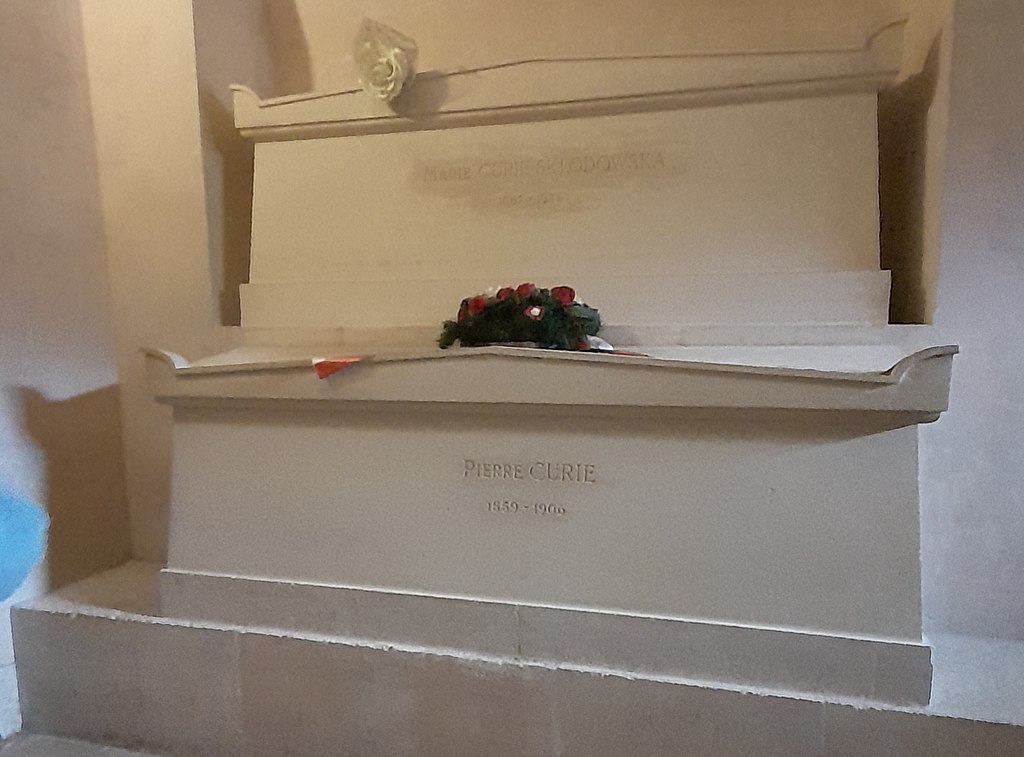As far as absolute legends go, Marie Curie needs no introduction. The discovery of radium, not one but two Nobel Prizes…yadda yadda yadda. Sadly, she paid a dark price for her advancements—and the vestiges of it still present a complication for those working to preserve her legacy today.
The very thing that made Curie such a trailblazer was ultimately the thing that cursed her: radioactivity. She was researching radioactivity at a time when the subject was still relatively obscure—and even less was known about the harm that it could potentially cause. The conditions in which Curie first carried out her research didn’t exactly check off the “safety” box either. She and her husband Pierre worked in a converted shed that had once been a medical dissection laboratory. Their work paid off when they announced their discovery of two new elements: polonium and radium.
Marie and Pierre Curie continued to work in their makeshift lab for years, and he was in talks to develop a state-of-the-art facility with the University of Paris when he died. Marie Curie continued this task, eventually creating a radioactivity laboratory with the University and the Pasteur Institute—but she didn’t stop there. She also worked during WWI to bring radiography units close to the front lines to better help wounded soldiers. Unfortunately, these conditions did not do her any favors.
Marie Curie died at the age of 66 of aplastic anemia, which came from her near-constant exposure to radiation. Curie would sometimes carry test tubes of radioactive isotopes in her pocket. But French authorities later determined that it wasn’t necessarily her laboratory work that caused her illness. They think instead it was her proximity to radiography devices during WWI. Regardless, both her tomb and her belongings bear the marks of her work.
Both Marie Curie and her husband Pierre’s remains were found to hold residual radioactivity. As a result, their tombs were sealed with a lead lining. But it’s not just her remains. Curie’s notebooks are still contaminated with radioactivity nearly a century later, and are kept in lead boxes and must be handled with special care.








